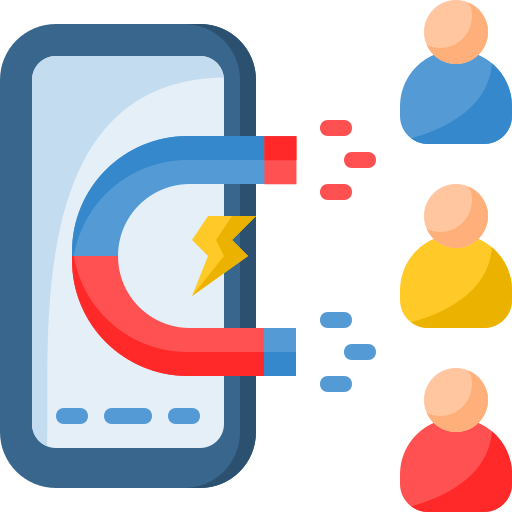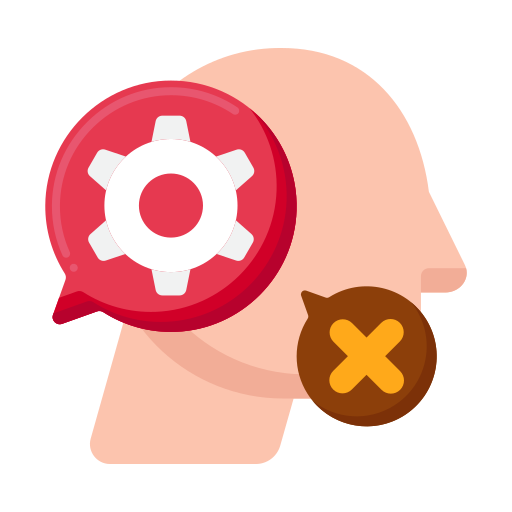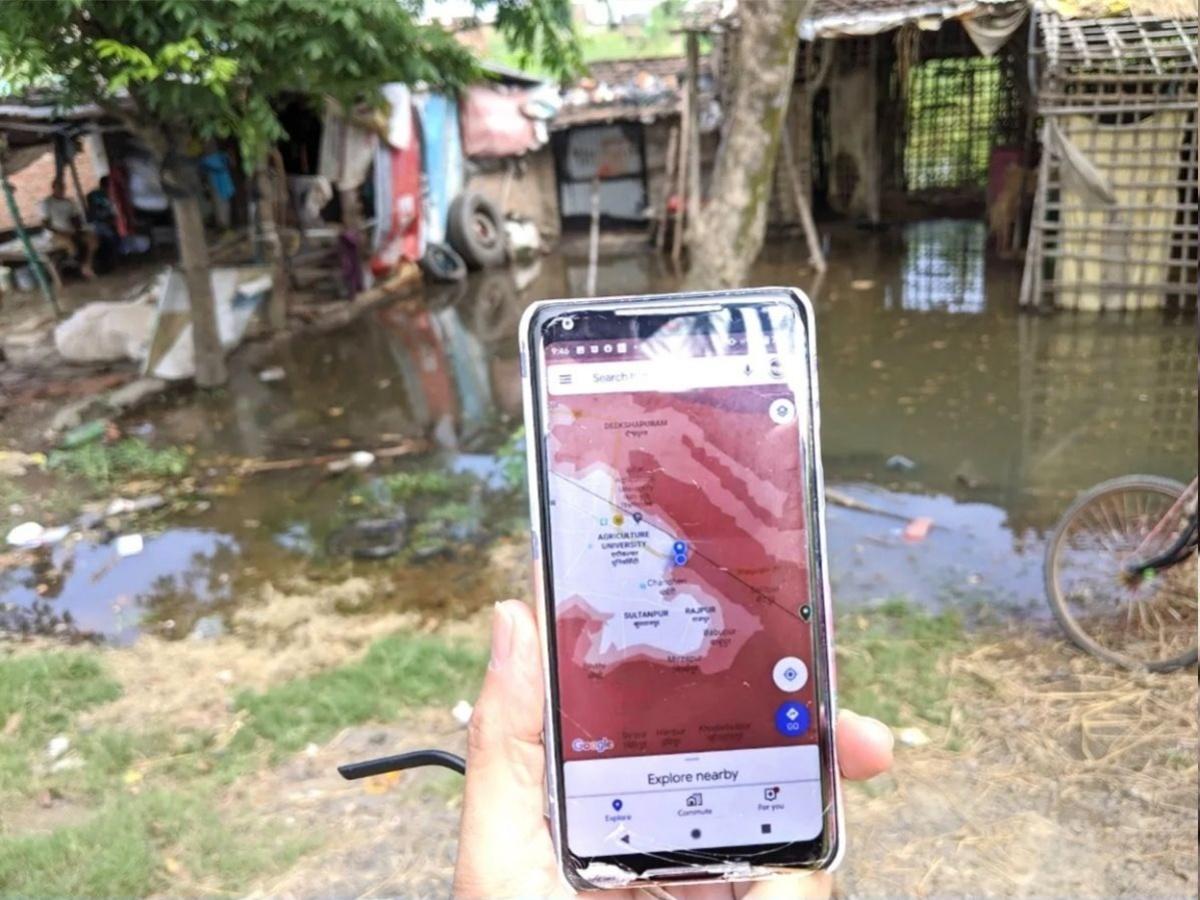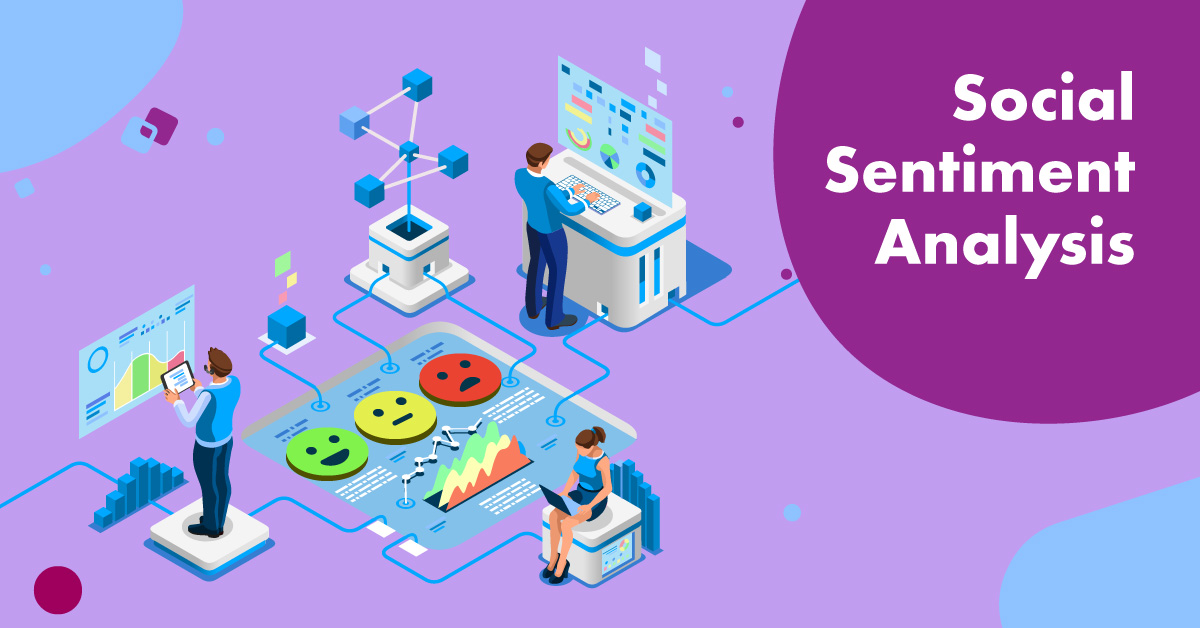Floods are the most common and deadliest of natural disasters putting communities at risk. For the past few years Google Research has invested in developing and applying AI modeling to advance the field of flood forecasting, as part of our efforts to help communities around the world address the effects of climate change with AI-based early warnings for natural disasters.
The Google flood forecasts are provided to the public in multiple ways, in partnership with organizations, governments and with the WMO. Global flood information is publicly available on the Flood Hub (g.co/floodhub) for the use of the public, NGOs, governments and researchers. As part of our efforts, we actively collaborate with local humanitarian organizations that utilize our flood information to accelerate their ongoing anticipatory actions supporting local communities. Here are four examples from the past year.
From Data Deluge to Predictive Power:
Traditional flood forecasting relied on complex physical models and historical data. While effective, these methods had limitations in accuracy and lead time. AI enters the scene, capable of analyzing vast datasets like weather forecasts, river gauge readings, satellite imagery, and historical records at unprecedented speed and scale. Its algorithms can identify subtle patterns and relationships, leading to more precise and timely flood predictions.
Benefits: More Than Just Numbers
Imagine receiving a flood warning days, even hours in advance, allowing you to prepare your family, secure belongings, and evacuate to safety. This is the transformative potential of AI flood forecasting. Its benefits extend far beyond mere predictions:
Early Warnings: AI can provide personalized alerts tailored to specific locations and populations, factoring in vulnerability, elevation, and infrastructure. This targeted approach ensures warnings reach those who need them most.
Improved Preparedness: By predicting areas likely to be worst-hit, resources like emergency supplies and personnel can be pre-positioned, facilitating a faster and more efficient response.
Evacuation Planning: AI algorithms can optimize evacuation routes based on real-time traffic and flood severity, minimizing chaos and maximizing effectiveness.
Public Awareness: Flood warnings can be disseminated through various channels like mobile apps, text messages, and loudspeakers, ensuring everyone receives clear and timely information to stay safe.
Real-World Impacts: Beyond the Horizon:
The potential of AI flood forecasting isn't just theoretical. Initiatives like the Google & GiveDirectly partnership in Mozambique utilized AI forecasts to trigger cash transfers to vulnerable communities before Cyclone Freddy, empowering them to prepare for the disaster. In Red Cross Assam, India, Google's Flood Hub data integrated with a volunteer management platform enabled swift action based on flood warnings, minimizing damage and aiding response efforts.
Challenges and the Road Ahead
Despite its promise, AI flood forecasting isn't without its challenges. Data access and quality, particularly in resource-limited regions, can hinder model accuracy. Ethical considerations like ensuring fair and equitable access to information and resources based on AI predictions are crucial. Building trust and understanding with communities about the technology is essential for its effective implementation.
Conclusion: A Collaborative Future
As we navigate the increasing frequency and intensity of floods due to climate change, AI flood forecasting offers a valuable tool for building resilient communities. By addressing data challenges, prioritizing ethical considerations, and fostering community engagement, we can unlock the full potential of this technology. Collaborative efforts between researchers, governments, NGOs, and communities can ensure AI flood forecasting becomes a rising tide of hope for those most vulnerable to the fury of floods.
Let's continue the conversation! Share your thoughts on the ethical considerations, potential applications, or local initiatives using AI flood forecasting in the comments below. Together, we can turn the tide on flood devastation and build a safer future for all.
Alerts on Google Search and Google Maps and notifications
The Hydrologic Model identifies whether a river is expected to flood by processing publicly available data sources, such as precipitation and other weather and basin data, and outputs a forecast for the water level in the river in the following days. The Inundation Model simulates the behavior of the water as it moves across the floodplain based on the hydrology forecast and satellite imagery. This allows us to know which areas are going to be affected and how high we expect the water level to be.
For more information contact : support@mindnotix.com
Mindnotix Software Development Company


 AI-Taxi App
AI-Taxi App AI-Food App
AI-Food App AI-Property Mgmt App
AI-Property Mgmt App AI-CRM
AI-CRM AI-Fantasy App
AI-Fantasy App
 Web Development
Web Development App Development
App Development Business & Startup
Business & Startup Hire Developer
Hire Developer
 Digital Marketing
Digital Marketing Lead-generation
Lead-generation Creative Agency
Creative Agency Branding Agency
Branding Agency Augmented Reality
Augmented Reality Virtual Reality
Virtual Reality Internet of Things
Internet of Things Artificial Intelligence
Artificial Intelligence Blockchain
Blockchain Chatbot
Chatbot



